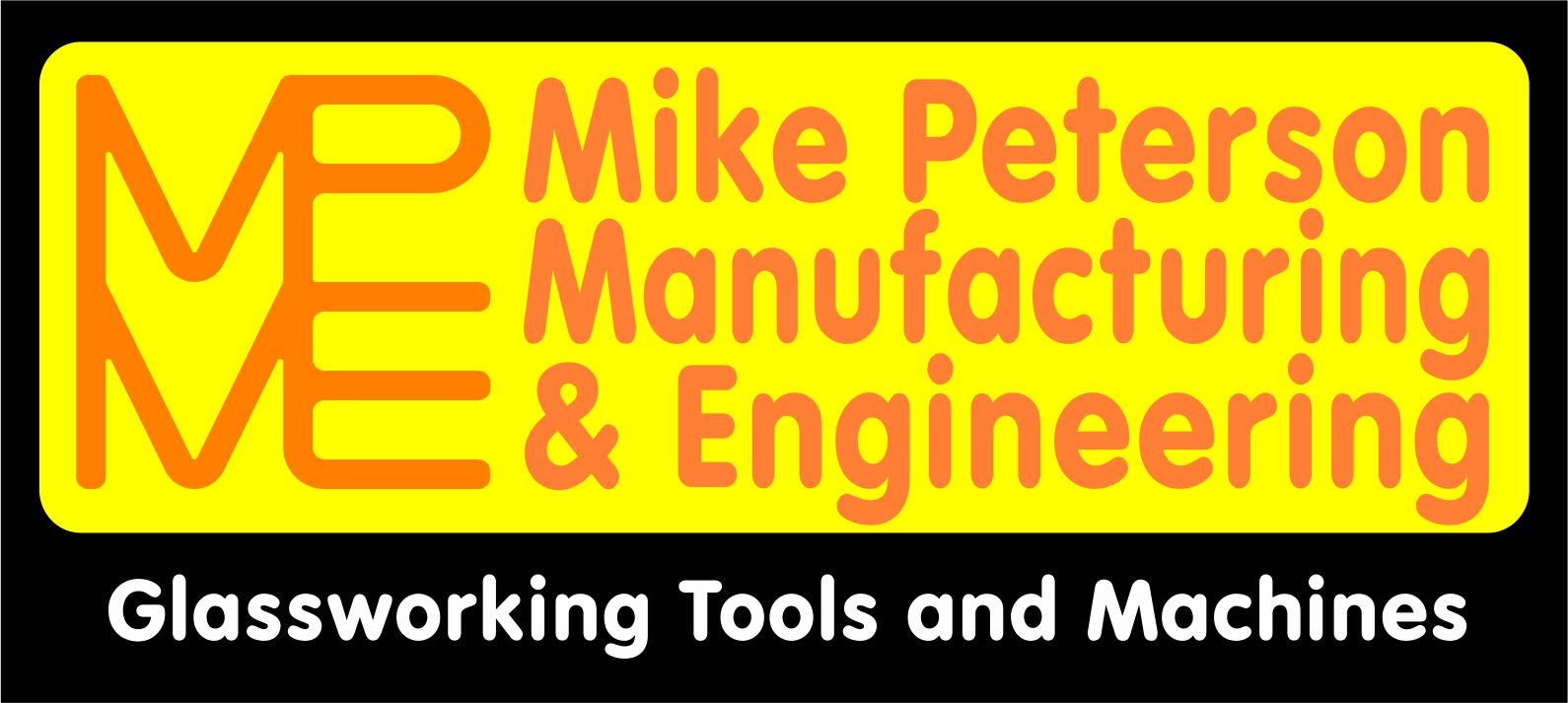
After seeing many questions posted about the use of a homefill, I took a few minutes to write some notes that describe what I've figured out after using homefills for a while. I'm not an expert on the subject, but have many years of experience as an engineer, designing control systems that manage pressure and flow.
A homefill is a small, high pressure compressor for filling small oxygen tanks to 2000 PSI. It was designed for medical users to fill a small, portable tank. Glassworkers have repurposed them to fill large tanks. Many glassworkers limit pressure to 1000 PSI and claim that this improves seal life. I haven't seen any testing data to support this claim, but it seems reasonable, and I limit filling to 1000 PSI. I've observed that some glassworkers are confused by the design of the original Invacare system, and there appears to be a bit of misinformation floating around.
The original Invacare system consisted of an oxygen concentrator and homefill, with a rack connected to the oxycon that supported the homefill. The oxycon has two output ports, one in the front and one in the back. The oxygen flow from the front port is controlled by a flowmeter/flow controller, the back one has a valve that blocks the port until a mating connector is inserted. This design was chosen to allow medical users to use the front port for breathing while filling their tank with the back port.
A homefill is a volumetric device. This means that when connected to an oxycon operating at standard pressure, it only takes what it needs, about 2-3 LPM. An unmodified 10 LPM oxycon will not outperform a 5 LPM when feeding a homefill. In fact, a 5 LPM will support two homefills. This is the setup I use.
I have read comments by glassworkers who note that the homefill is rated for a higher input pressure than is delivered by a standard oxycon. They have modified their oxycons to operate at a higher pressure and observed improved homefill performance. I have also read warnings from other glassworkers who caution that changing the standard output pressure is bad for the oxycon. I don't know the engineering details of oxycon design and can't comment on the effects of increasing oxycon output pressure. My intuition is to assume that the engineers who designed the oxycon optimized the design for the standard pressure. I run my oxycons at standard pressure.
A homefill has an oxygen sensor, and will not start pumping until it senses oxygen. An oxycon requires flow in order to produce oxygen. This means that if you directly connect a homefill to an oxycon, there will be no flow, the oxycon will signal an error and the homefill will never start. In the standard Invacare setup, the homefill is connected to the back port and the front port is open to the atmosphere. All oxygen emitted from the front port is wasted. The setting of the front port is the source of much confusion. Typical instructions are to adjust the front port to 2 LPM or so. In fact, the front port can be turned off completely after the homefill has started.
For a non-Invacare system, additional plumbing is required. I use a Y connector with valves, commonly sold for welding use, but other setups can work as well. The Y valve is connected to the oxycon output. One side of the Y is connected to the homefill, the other side is open to the atmosphere. At startup, the valve connected to the homefill is opened fully, and the vent valve is opened a bit. The oxycon and homefiull are started and the vent valve is adjusted to 3 LPM or so to allow the oxycon to stabilize. Once the homefill starts, the vent valve is closed. The flow control on the oxycon is opened fully, the homefill controls the flow and takes what it needs.